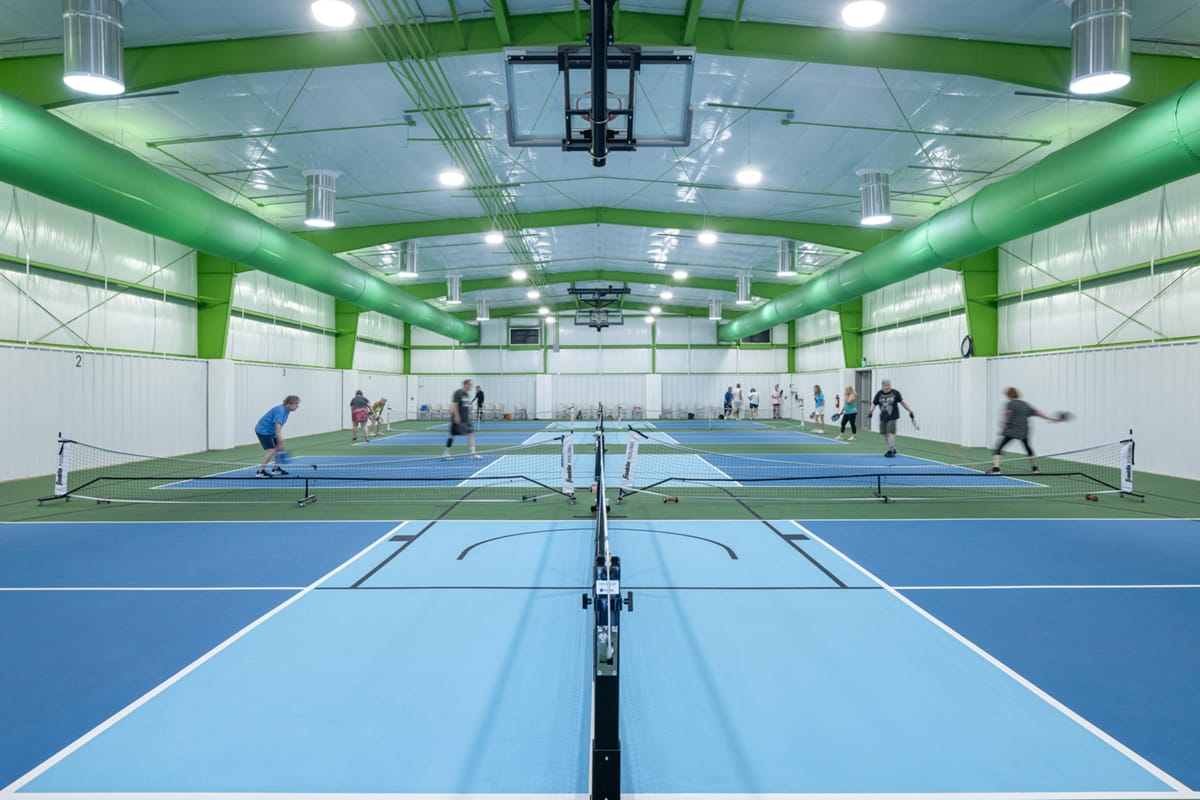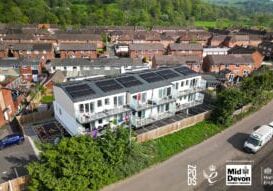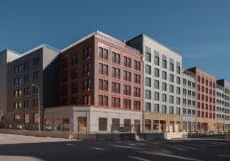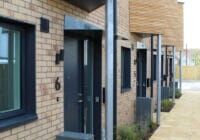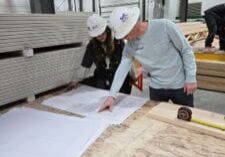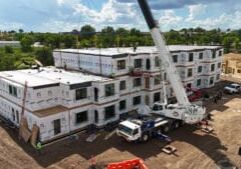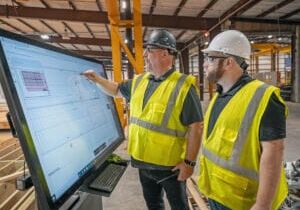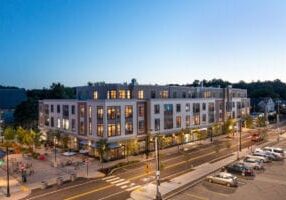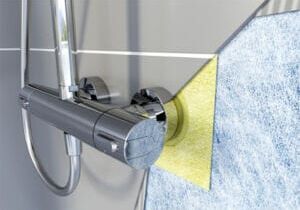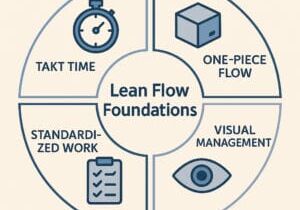LIFE Senior Services - A Solatube Case Study
Background
LIFE Senior Services is a Tulsa-based nonprofit dedicated to helping adults over 50 maintain independence, dignity and quality of life. As part of an expansion of its Roma Berry campus, LIFE added a new 8,450-square-foot recreation facility to house indoor pickleball and basketball courts. The new addition was designed to support active aging and provide older adults with a safe, engaging space for movement and connection. To meet those goals, the design team prioritized natural daylight as a key component in creating an environment that felt bright, welcoming and energy efficient.
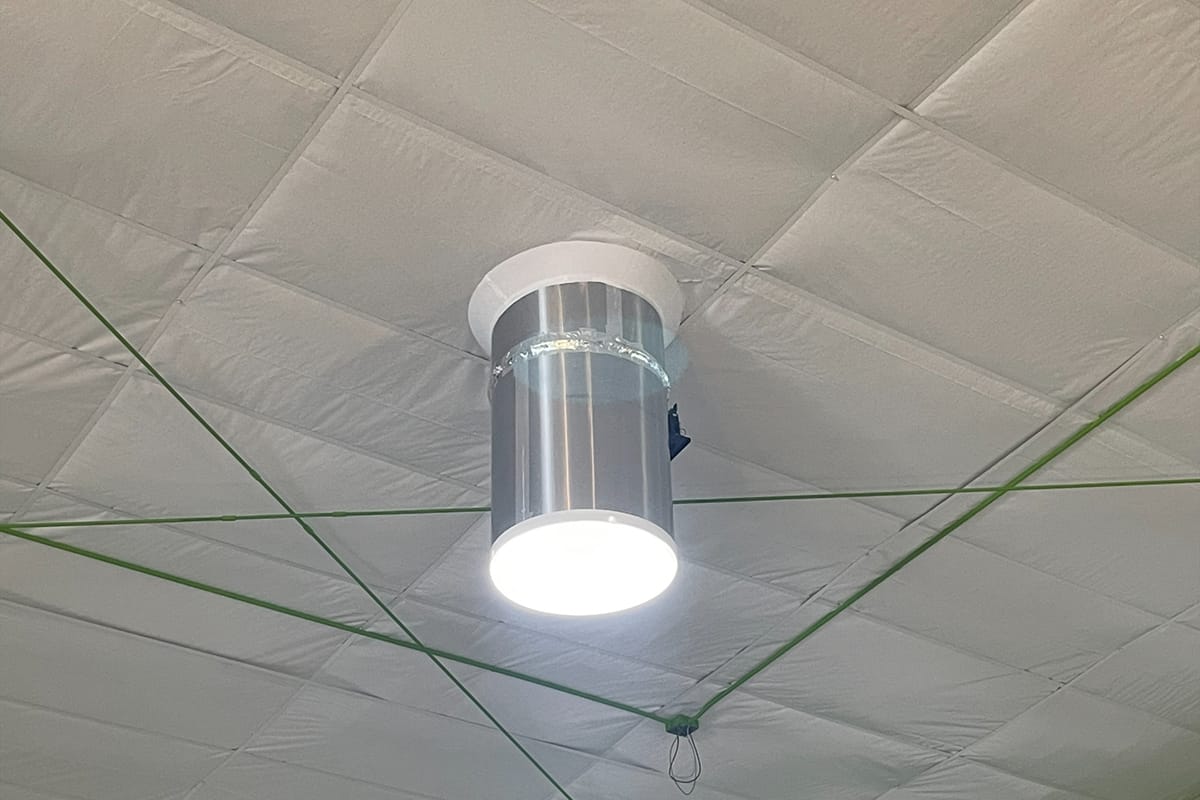
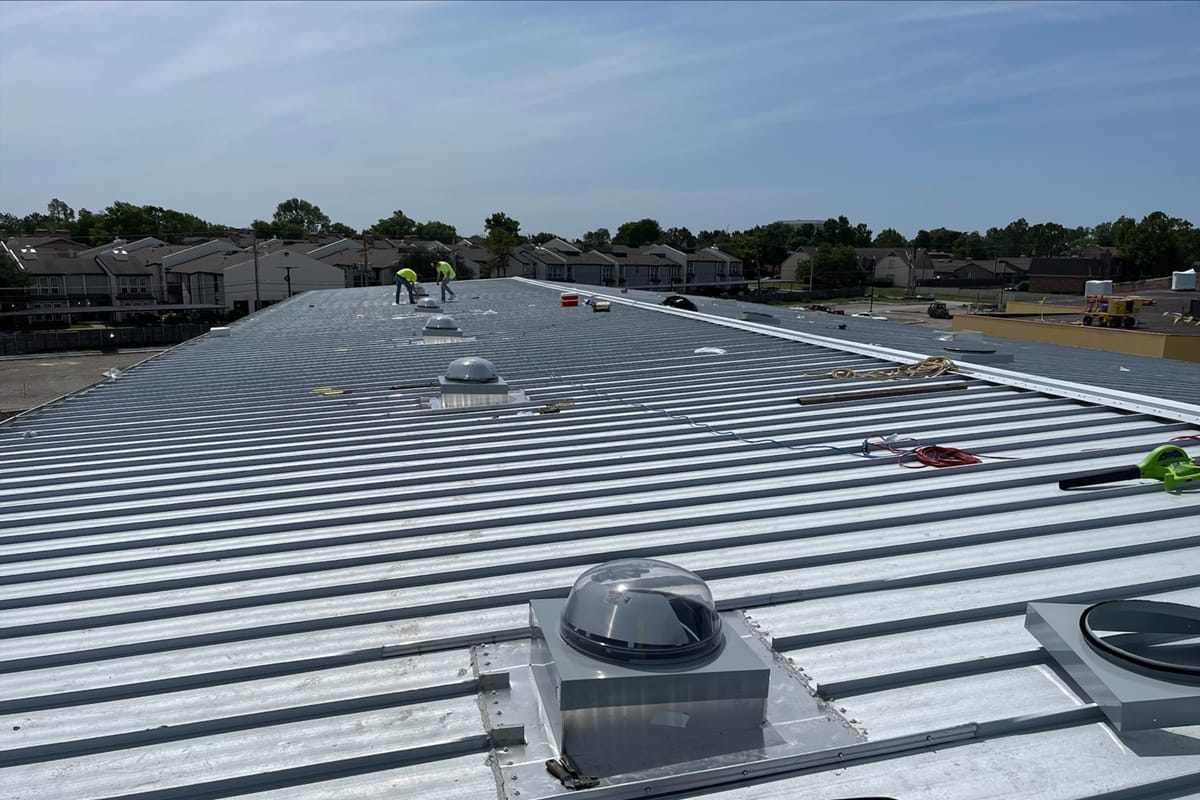
Challenge
The project team needed to deliver high-quality daylight into a large, open indoor pickleball and basketball court—without introducing glare, excess heat or visual discomfort for players. Traditional skylights posed concerns related to uneven light distribution, heat gain and design limitations in the low-slope roof structure.
At the same time, the court was intended to be more than just a recreational space—it was a key part of LIFE Senior Services’ wellness-focused approach to aging. The lighting solution needed to support visibility, comfort and energy efficiency while also contributing to the overall well-being of older adults by creating a bright, uplifting environment that encourages movement and social connection.
Solution
Solatube Tubular Daylighting Devices (TDDs) were selected to meet the project’s daylighting goals.
Twelve SolaMaster 330 DS-O units with integrated daylight dimmers were installed by Specialties Plus, Inc., Solatube International’s commercial distributor and certified installer in Oklahoma.
The units were evenly spaced to deliver full-spectrum daylight across the recreation facility, creating a bright and visually comfortable playing environment. Unlike traditional skylights, Solatube TDDs require minimal structural modification, offer superior control over light output and provide daylight without increasing indoor temperature—helping to keep the facility comfortable year-round.
The built-in daylight dimmers allow staff to adjust light levels for different activities or conditions, offering flexibility for community use beyond pickleball.
“Bringing natural light into the LIFE Senior Services pickleball and basketball courts was paramount to us, and Solatube helped us do that beautifully. The diffused daylight is a perfect complement to the overall lighting solution for an active space like this—and it helps keep energy costs down by maintaining our robust thermal envelope. Solatube was a simple, effective way to make the building more comfortable, welcoming, and functional by providing natural light that creates a crisp, clear play area with just the right level of brightness. Unlike Manfred Mann, the Seniors will not be blinded by the light.”
Tyler Sappington RA, Project Manager + Designer
Results
The installation of Solatube TDDs in the new recreation facility successfully met the project’s goals for daylighting, comfort and functionality.
The space which houses indoor pickleball and basketball is now naturally illuminated with bright, evenly distributed daylight that enhances visibility and supports safe movement for senior users.
The improved lighting quality has created a more welcoming and energetic environment, contributing to higher usage of the court and positive feedback from both staff and participants. Facility managers report greater flexibility in how the space is used throughout the day, thanks to the integrated dimmers that allow for customized lighting levels during various activities.
The system’s ability to deliver daylight without adding heat has also helped maintain thermal comfort, reducing the need for artificial lighting and supporting the center’s goals for energy-conscious design. The project reflects LIFE Senior Services’ broader commitment to wellness-focused environments and demonstrates the value of incorporating daylight as a central design strategy in active aging facilities.
More from Modular Advantage
Homes as Essential Infrastructure
The housing crisis is nothing new. Across the world, federal, state, and municipal governments of all sizes are struggling with how to provide more affordable housing—quickly—to those who need it. In Canada, Paul Halucha, Deputy Minister of Housing, Infrastructure, and Communities Canada (HICC), argues that the federal role in housing has shifted from funding at arm’s length to actively shaping outcomes.
Building the Future, Offsite
In the face of a national housing crisis, England stands at a critical inflection point where innovation, scale, and public-private partnerships must converge to meet an urgent need: more homes, and fast. Homes England is helping reshape the housing market by actively supporting MMC through a strategic blend of land development, financing, and grants.
How POJI and MOKO Are Industrializing Modular Construction Through Automated Engineering Systems
Working with Scandinavian Industrialized Building System (SIBS), POJI and MOKO helped realize a modular city concept located in Järfälla municipality of Stockholm, Sweden, with 350 apartments, communal areas, restaurants, small shops, and a preschool in a pleasant mix with experiential architecture and greenery.
Inside Boutique Modern’s Mission to Make First Homes Affordable and Efficient in The U.K.
The U.K.-based firm has been in business for 12 years, manufacturing houses for both private clients and local government, with a large chunk of its business coming from “affordable” and social housing. Working in a 32,000 square-foot factory in Newhaven, Sussex, Boutique Modern is changing decades-old thinking about constructing houses, all through the use of modular.
BoulderMOD: Producing Affordable Modular Homes While Training the Workforce of the Future
Colorado has been hit with a double whammy—a decline in the number of skilled construction workers and an increased need for affordable housing. BoulderMOD, a partnership among the city of Boulder, Flatirons Habitat for Humanity, and Boulder Valley School District, is tackling both problems and helping others do the same.
Guerdon: Seeking the ‘Holy Grail’ of Modular Construction
Guerdon, a modular manufacturer in Boise, Idaho, recently won what Laurence (Lad) Dawson, CEO and Managing Partner, describes as the ‘holy grail’ for a modular manufacturer. The RFP calls for a pipeline of six projects, totaling approximately 570
units.
State of Modular in 2025: Facing Reality
The critical and urgent reality is that the modular industry needs to open the doors to collaboration across all sectors. The sooner we stare down these challenges, the sooner we can welcome a new reality where modular is the dominant way to deliver housing for better performance, quality and all at a lower cost.
Modular Multifamily Housing as a Scalable Solution to the Housing Crisis
GreenStaxx provides a real-world, scalable solution through its standardized library of modular-ready multifamily designs and its innovative triple-decker model. Together, these offerings address the industry’s two greatest needs: efficiency and adaptability. By focusing on quality, repeatability, and collaboration, GreenStaxx is helping move modular construction from niche to mainstream and offering a practical path toward solving the housing shortage.
Sealed for Success: The Role of Waterproofing in Modular Construction
Water is one of the biggest threats to any building, causing structural damage, mold growth, and costly repairs if not properly managed. Waterproofing is the first line of defense, ensuring durability and long-term performance. As construction methods evolve, so do waterproofing solutions – moving beyond traditional coatings to advanced, factory-ready systems.
From Volume to Velocity: Scaling Multi-Family Projects Without Losing Control
When projects grow too fast without the right systems, factories run into problems. They miss deadlines, crews burn out, and quality drops. Instead of steady progress, chaos takes over. Things slow down, even with more units going through. That’s because building more isn’t enough—you also need to build smarter. That means shifting focus from volume to velocity.

